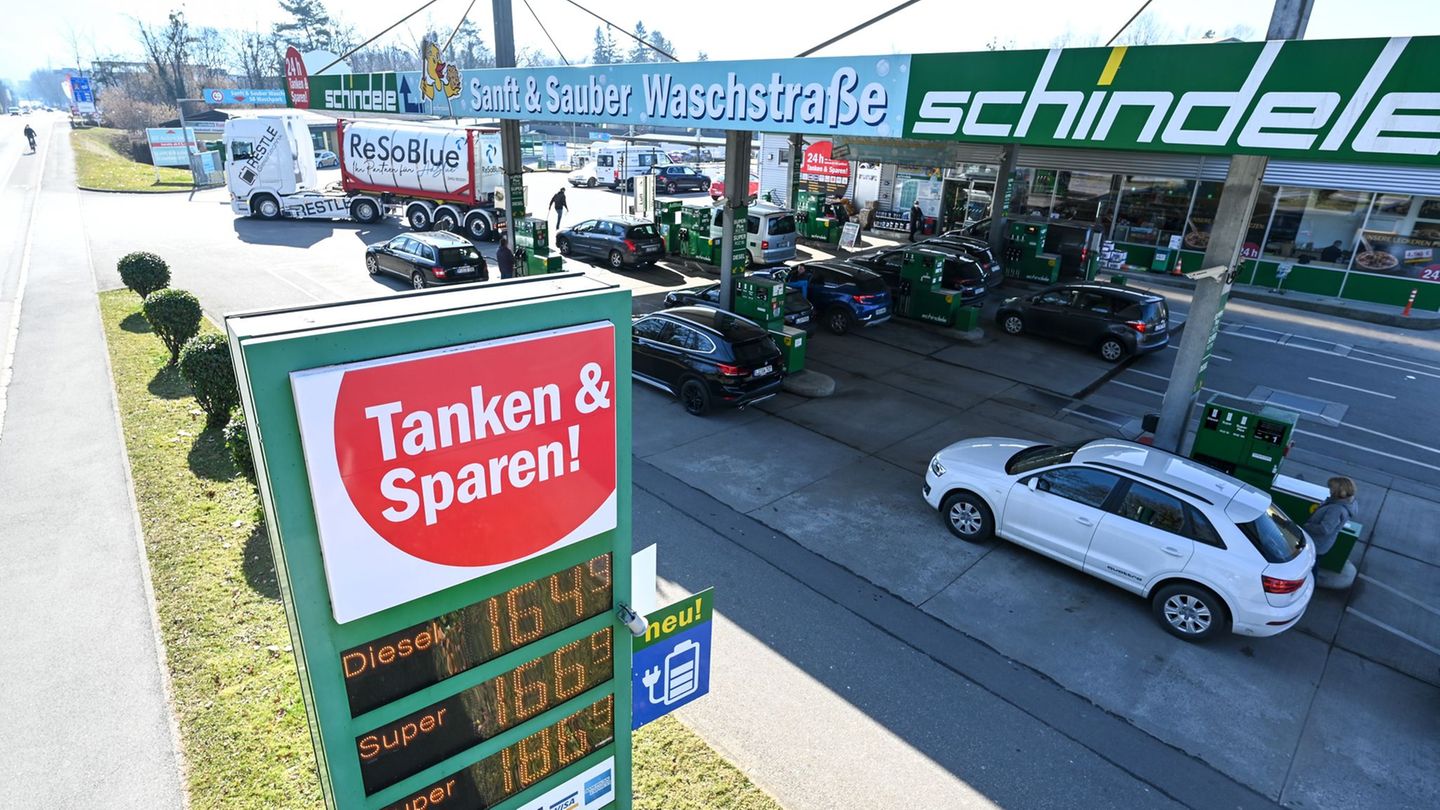The blockade of grain exports through Ukrainian Black Sea ports officially came to an end a few days ago. However, figures from the EU show that this is not enough.
Can resuming grain exports through Ukrainian Black Sea ports help save millions of people in Africa and Asia from hunger? The United Nations answer yes to that question. They have high hopes for Russia’s pledges not to attack announced transports.
However, a look at the figures shows that the original goals are likely to be missed by a long way – despite all efforts to expand other transport routes. In May, the EU Commission warned that 20 to 25 million tons of grain would have to be exported from Ukraine within less than three months. So far it was only a fraction.
How much grain has been exported so far?
So far, only one cargo ship has left Ukraine. The “Razoni” with 26,000 tons of corn is scheduled to reach Lebanon on Sunday. Transports across the Black Sea had previously been blocked for five months because of the Russian war of aggression. For comparison: According to a study by the US institute Ifpri, Ukraine exported an average of four million tons of grain (wheat, corn and barley) and 430,000 tons of sunflower oil per month last year.
What about transport via other routes?
According to the EU Commission, 2.8 million tons of grain, oilseeds and related products were exported by other means in July – about twice as much as in April. Transport routes to Romania and Poland were heavily used. Around ten percent of exports went via routes to ports in the Baltic countries or the Adriatic Sea.
Why wasn’t it exported via other routes?
There is a lack of infrastructure and means of transport for this. According to EU Transport Commissioner Adina Vălean, there are not enough freight cars and barges. In addition, there is a lack of capacity for temporary storage. When it comes to rail transport, it is important that the Ukrainian railway has a track gauge of 1520 millimeters, while the EU standard is 1435 millimeters. Ukrainian wagons cannot be used in most EU countries. Goods must be reloaded onto wagons according to EU standards.
Are there other problems?
In addition, the transport to Africa, for example, becomes more expensive due to the additional effort and the longer distances. Experts point out that the other routes were mainly used for cattle feed. According to CDU agricultural expert Norbert Lins, only 138,000 tons of wheat were exported via Poland and Romania in June. Almost nothing goes in third countries.
Are you working on expanding alternative routes?
Yes. As it becomes difficult to immediately restore export volumes via the Black Sea ports to pre-war levels, other modes of transport remain crucial, an EU Commission official said. Every exported ton counts. By increasing capacity and flexibility, one can help to secure the food supply in poor partner countries.
What threatens if the efforts fail?
According to UN forecasts, rising energy and fertilizer prices could drive 8 to 13 million more people into hunger – especially in Africa, the Middle East and Asia. The fact that Ukraine has to get rid of its stocks with exports in order to make room for the new harvest plays a role here. These are estimated at 65 to 67 million tons of grain and oilseeds.
Freighter “Razoni” on Marinetraffic European Commission to establish Solidarity Lanes to help Ukraine export agricultural goods The Russia-Ukraine grain agreement: What is at stake? Action plan of the EU Commission
Source: Stern
David William is a talented author who has made a name for himself in the world of writing. He is a professional author who writes on a wide range of topics, from general interest to opinion news. David is currently working as a writer at 24 hours worlds where he brings his unique perspective and in-depth research to his articles, making them both informative and engaging.




